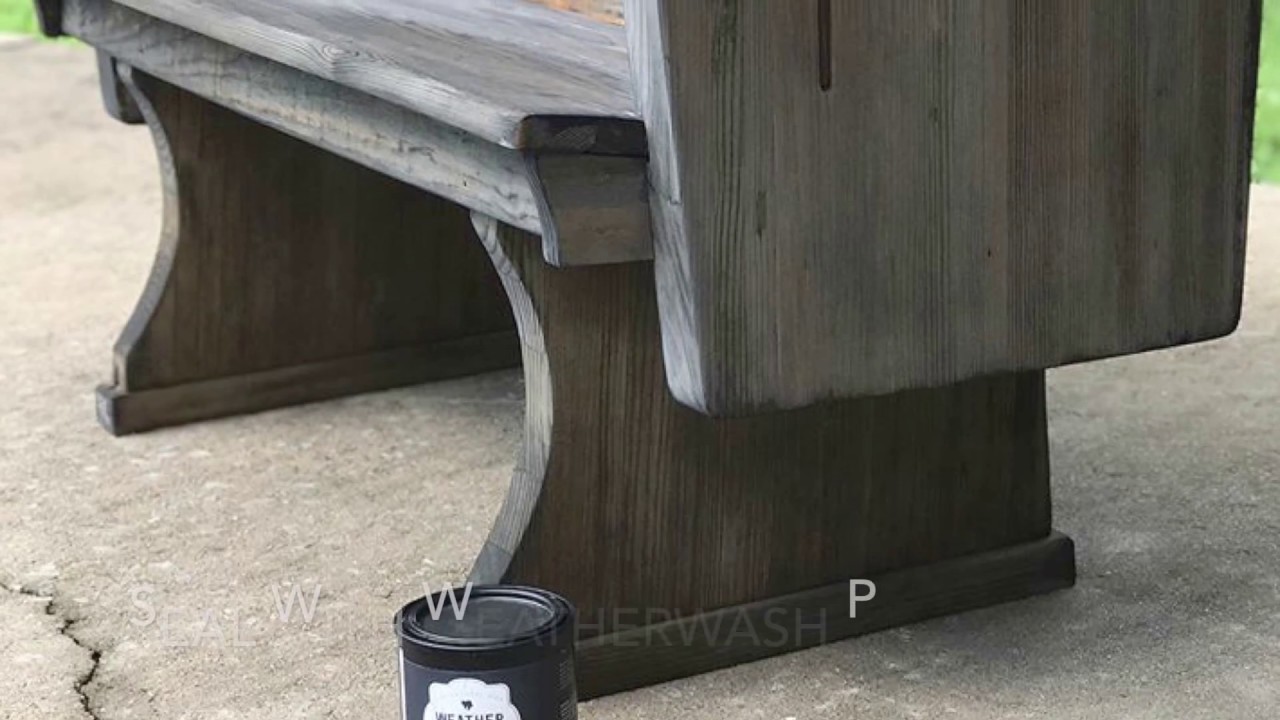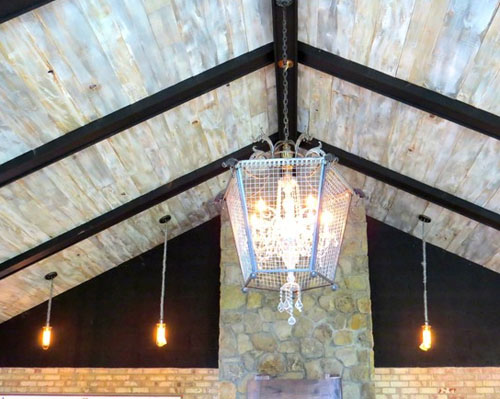
While some materials might begin to degrade as soon as you install them, leading to the inevitable need to rip them out and start anew, pine just keeps on growing more gorgeous year after year. In fact, it’s often chosen for applications where an aged and weathered look isn’t just acceptable but desirable, like flooring or exterior cladding. New is nice, after all, but there’s just something special about a surface that looks like it has a history.
Pine performs this aging process effortlessly all on its own: the wood silvers to a grayish blue sheen over time when left untreated, and its softness allows it to take on gentle textures as it’s exposed to repeated wear. Highly coveted naturally weathered barn siding is a great example. People love it so much, they’re reclaiming it from old agricultural buildings to use indoors.
If you’d rather control this silvering process, you can apply pigmented oils to make the pine more UV-resistant. But if you want to bring it out or skip the wait altogether, you have plenty of techniques to choose from.

First and foremost is the easiest route. Lumber sellers and even Home Depot often offer ready-made options, like shiplap pine siding in a grey weathered barn wood finish.
An intentionally weathered look is a great way to make use of lower grades of Eastern White Pine, which can be very affordable. Tutorials for aging pine siding, like this one from SF Gate, often call for distressing the planks with hammers and abrasive tools. You can also find rough sawn or wire-brushed Eastern White Pine for a rustic look without breaking out any distressing tools yourself.

The DIY Network recommends using natural household ingredients and materials like steel wool and vinegar to produce subtle aged effects in ashy or gray hues. But lots of manufacturers make stains that mimic weathering, like aging washes by Weatherwash Coatings and Benjamin Moore’s Arborcoat Translucent or Semi-Transparent Stain in Silver Gray. The benefit to choosing a commercial stain over a DIY method is more predictable results. If you want to enhance the knots, nicks and holes, work a dark paste wax into them.

Looking for more fine-tuned tutorials? Check out woodworker John Sankey’s thoughts on how to finish solid furniture grade Eastern White Pine for optimal results.
Top image via Elmwood Reclaimed Timber





